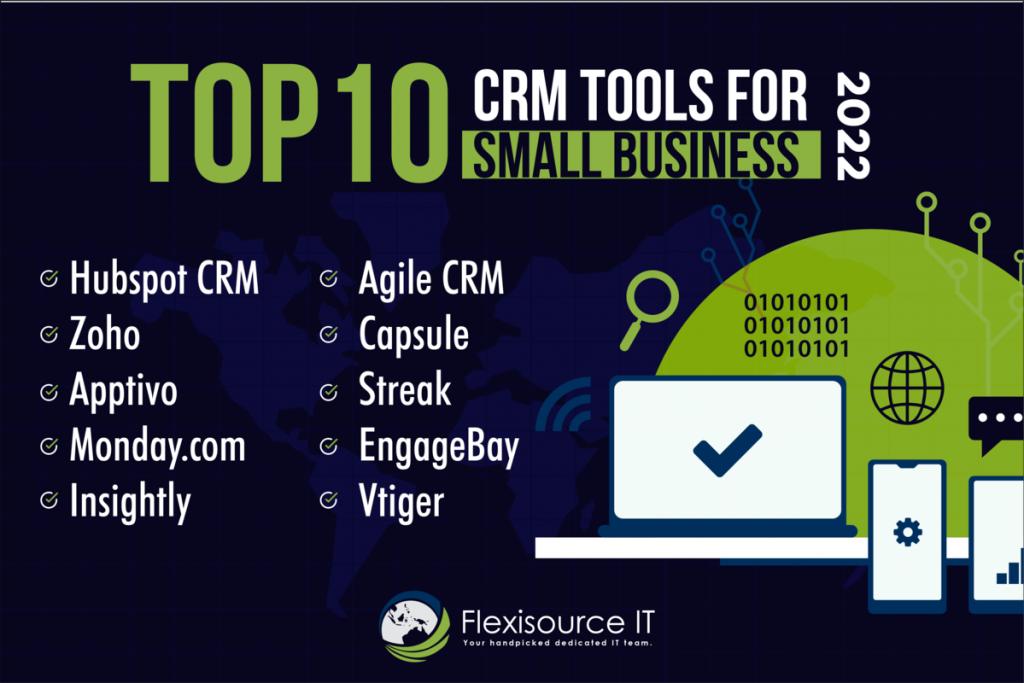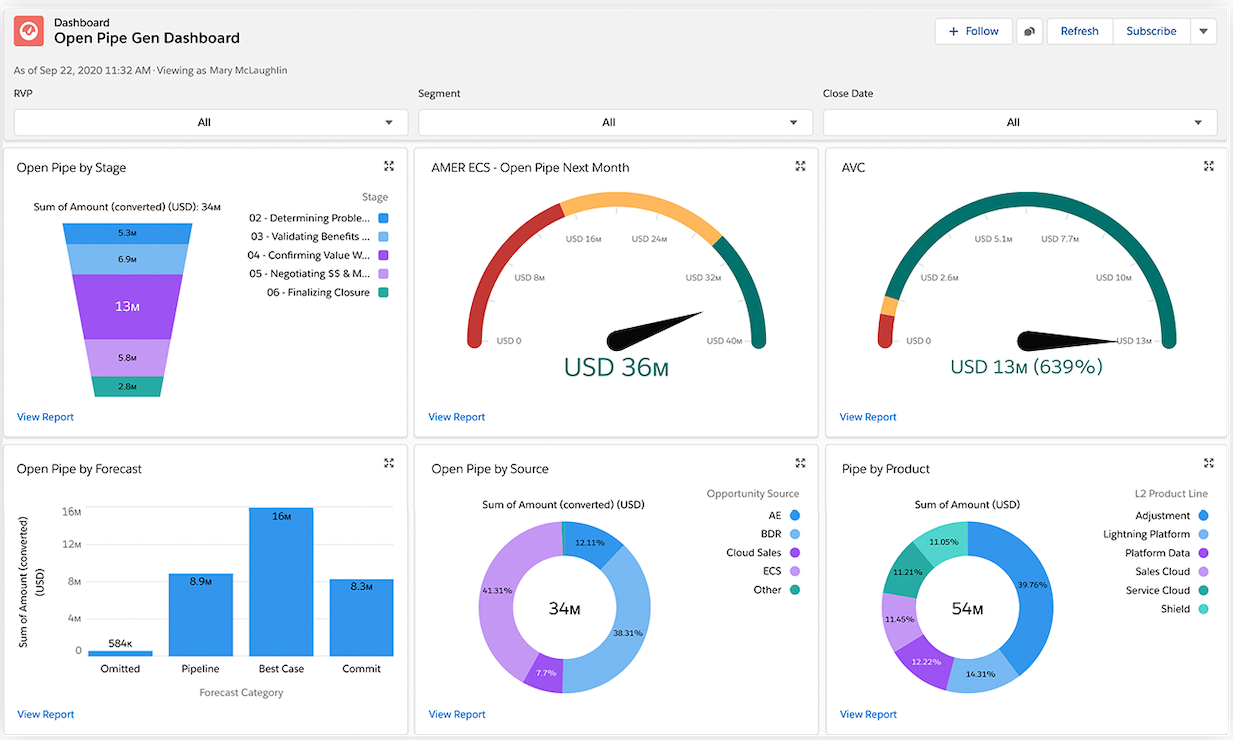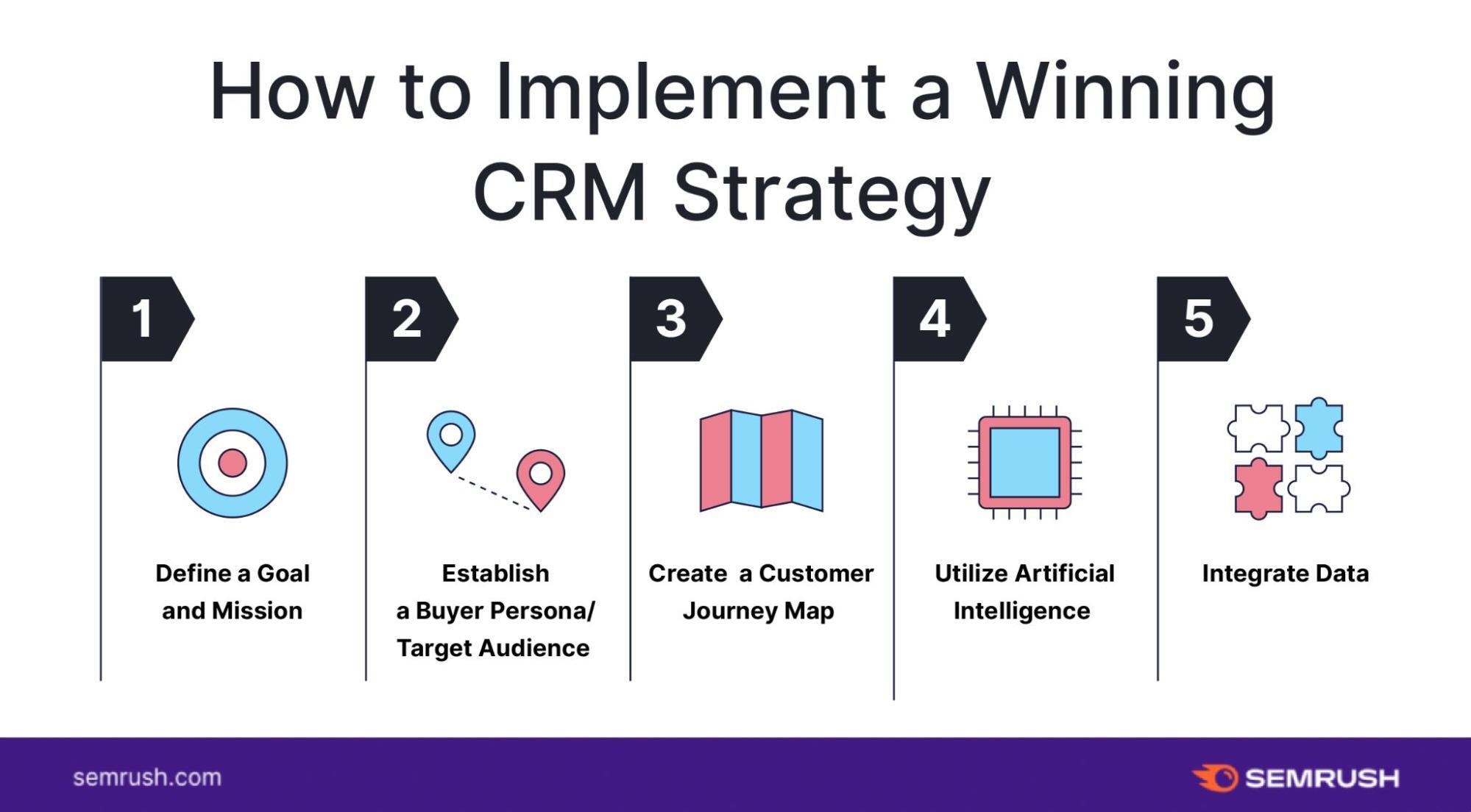
CRM Marketing Segmentation: The Ultimate Guide to Hyper-Personalized Customer Experiences
In the ever-evolving landscape of digital marketing, the ability to truly understand your customers is no longer a luxury; it’s a necessity. And at the heart of understanding your customers lies a powerful tool: CRM marketing segmentation. This comprehensive guide will delve deep into the intricacies of CRM marketing segmentation, equipping you with the knowledge and strategies to create hyper-personalized customer experiences that drive engagement, loyalty, and, ultimately, revenue.
What is CRM Marketing Segmentation?
CRM marketing segmentation is the process of dividing your customer base into distinct groups, or segments, based on shared characteristics. These characteristics can range from demographics and purchasing behavior to interests and engagement levels. The goal? To tailor your marketing efforts to the specific needs and preferences of each segment, ensuring that your messages resonate and deliver the maximum impact.
Think of it like this: You wouldn’t send the same generic email to everyone on your list, would you? That’s where segmentation comes in. By understanding the nuances of each customer group, you can craft targeted campaigns that speak directly to their individual needs and desires. This leads to higher open rates, click-through rates, and conversions.
Why is CRM Marketing Segmentation Important?
In a world saturated with marketing messages, standing out from the crowd is a constant challenge. CRM marketing segmentation provides a crucial competitive advantage by enabling you to:
- Improve Customer Engagement: Personalized content is far more engaging than generic messaging. By speaking directly to your customers’ interests, you can capture their attention and foster a stronger connection.
- Increase Conversion Rates: Targeted campaigns are more likely to convert leads into customers and customers into repeat buyers. When your message is relevant, people are more likely to take action.
- Enhance Customer Loyalty: Showing that you understand and value your customers builds loyalty. Personalized experiences make customers feel seen and appreciated, encouraging them to stick around.
- Boost ROI: By focusing your marketing efforts on the most promising segments, you can maximize your return on investment (ROI). You’re not wasting resources on people who aren’t likely to convert.
- Optimize Marketing Spend: Segmentation allows you to allocate your marketing budget more effectively. You can prioritize the segments that offer the greatest potential for growth, ensuring that your resources are used wisely.
The Benefits of Effective Segmentation
Implementing effective CRM marketing segmentation can yield a multitude of benefits for your business. Here are some of the key advantages:
- Enhanced Customer Understanding: By analyzing customer data, you gain a deeper understanding of their needs, preferences, and behaviors. This knowledge is invaluable for making informed business decisions.
- Improved Targeting: Segmentation enables you to target your marketing messages with laser-like precision, ensuring that they reach the right people at the right time.
- Increased Personalization: Personalized experiences make customers feel valued and appreciated, leading to higher engagement and loyalty.
- Higher Conversion Rates: Targeted campaigns are more likely to convert leads into customers and customers into repeat buyers.
- Reduced Marketing Costs: By focusing your efforts on the most promising segments, you can reduce wasted marketing spend and improve your ROI.
- Increased Customer Lifetime Value (CLTV): Happy, loyal customers are more likely to make repeat purchases and recommend your business to others, leading to a higher CLTV.
- Better Product Development: Understanding your customer segments allows you to develop products and services that meet their specific needs and preferences.
Key Steps to Successful CRM Marketing Segmentation
Implementing a successful CRM marketing segmentation strategy involves a series of key steps. Here’s a breakdown of the process:
- Define Your Goals and Objectives: Before you start segmenting, it’s essential to define your goals. What do you hope to achieve with segmentation? Are you trying to increase sales, improve customer retention, or launch a new product? Clearly defined goals will guide your segmentation efforts.
- Gather Customer Data: You’ll need to collect data about your customers from various sources, including your CRM system, website analytics, social media, and customer surveys. The more data you have, the better you’ll be able to understand your customers.
- Choose Your Segmentation Criteria: Select the criteria you’ll use to segment your customer base. Common segmentation criteria include demographics, psychographics, behavioral data, and geographic location.
- Segment Your Customer Base: Use the chosen criteria to divide your customers into distinct segments. Ensure that each segment is clearly defined and that the members share similar characteristics.
- Analyze Your Segments: Analyze each segment to understand its unique characteristics, needs, and behaviors. This analysis will inform your marketing strategies.
- Develop Targeted Marketing Campaigns: Create marketing campaigns tailored to each segment. Your campaigns should address the specific needs and interests of each group.
- Test and Optimize: Continuously test and optimize your campaigns to ensure that they are effective. Track your results and make adjustments as needed.
- Monitor and Refine: CRM marketing segmentation is an ongoing process. Regularly monitor your segments and make adjustments as your customer base evolves.
Common CRM Marketing Segmentation Strategies
There are numerous ways to segment your customer base. Here are some of the most common CRM marketing segmentation strategies:
- Demographic Segmentation: This involves segmenting customers based on demographic factors such as age, gender, income, education, occupation, and marital status. It’s a fundamental approach, providing a basic understanding of your audience.
- Geographic Segmentation: This strategy segments customers based on their geographic location, such as country, region, city, or even zip code. It’s particularly useful for businesses with a physical presence or those offering location-specific services.
- Psychographic Segmentation: This goes beyond demographics and focuses on customers’ lifestyles, values, interests, and attitudes. It provides a deeper understanding of what motivates your customers.
- Behavioral Segmentation: This strategy segments customers based on their behavior, such as purchase history, website activity, product usage, and engagement with your marketing campaigns. It’s a powerful way to understand how customers interact with your brand.
- Needs-Based Segmentation: This involves segmenting customers based on their specific needs and requirements. It’s particularly useful for businesses that offer a variety of products or services.
- Value-Based Segmentation: This strategy segments customers based on their value to your business, such as their lifetime value (LTV) or their contribution to revenue. It helps you prioritize your marketing efforts and allocate resources effectively.
Tools and Technologies for CRM Marketing Segmentation
Several tools and technologies can help you implement and manage your CRM marketing segmentation strategy:
- CRM Systems: Customer Relationship Management (CRM) systems, such as Salesforce, HubSpot, and Zoho CRM, are the foundation of any segmentation strategy. They store and organize customer data, allowing you to create and manage segments.
- Marketing Automation Platforms: Marketing automation platforms, such as Marketo, Pardot, and ActiveCampaign, allow you to automate your marketing campaigns and personalize your messaging. They often integrate with CRM systems to provide a seamless experience.
- Data Analytics Tools: Data analytics tools, such as Google Analytics, Tableau, and Power BI, can help you analyze your customer data and identify trends. They provide valuable insights that can inform your segmentation strategy.
- Customer Data Platforms (CDPs): CDPs, such as Segment and Tealium, collect and unify customer data from multiple sources, creating a single view of each customer. This can be incredibly valuable for segmentation.
Best Practices for CRM Marketing Segmentation
To maximize the effectiveness of your CRM marketing segmentation strategy, keep these best practices in mind:
- Start Small: Don’t try to segment your entire customer base at once. Start with a few key segments and gradually expand your efforts.
- Focus on Actionable Segments: Your segments should be clearly defined and actionable. You should be able to create targeted campaigns for each segment.
- Use Multiple Data Sources: Don’t rely on a single data source. Combine data from various sources to get a more complete picture of your customers.
- Keep it Simple: Avoid over-segmentation. Too many segments can make it difficult to manage your campaigns.
- Personalize, Personalize, Personalize: The more personalized your marketing messages, the better. Use customer data to tailor your content, offers, and calls to action.
- Test and Iterate: Continuously test and iterate your campaigns to improve their effectiveness. Track your results and make adjustments as needed.
- Be Consistent: Ensure that your segmentation strategy is consistent across all your marketing channels.
- Stay Updated: Keep your segmentation strategy up-to-date. Regularly review your segments and make adjustments as your customer base evolves.
- Respect Privacy: Always respect your customers’ privacy and comply with data privacy regulations.
Measuring the Success of Your CRM Marketing Segmentation
How do you know if your CRM marketing segmentation strategy is working? Here are some key metrics to track:
- Open Rates: The percentage of emails that are opened by recipients. Higher open rates indicate that your subject lines are relevant and engaging.
- Click-Through Rates (CTR): The percentage of recipients who click on links in your emails or on your website. Higher CTRs suggest that your content is compelling and relevant.
- Conversion Rates: The percentage of recipients who complete a desired action, such as making a purchase or filling out a form. Higher conversion rates indicate that your campaigns are effective.
- Customer Lifetime Value (CLTV): The total revenue that a customer generates over the course of their relationship with your business. Higher CLTV indicates that you’re retaining valuable customers.
- Customer Acquisition Cost (CAC): The cost of acquiring a new customer. Lower CAC indicates that your marketing efforts are efficient.
- Return on Investment (ROI): The profit generated by your marketing campaigns, divided by the cost of those campaigns. Higher ROI indicates that your campaigns are profitable.
- Customer Satisfaction (CSAT): A measure of how satisfied your customers are with your products or services. Higher CSAT indicates that you’re meeting your customers’ needs.
- Net Promoter Score (NPS): A measure of how likely your customers are to recommend your business to others. Higher NPS indicates that you have loyal customers.
Examples of CRM Marketing Segmentation in Action
Let’s look at some real-world examples of how businesses are using CRM marketing segmentation to achieve their goals:
- E-commerce: An online retailer segments its customers based on purchase history. They send personalized product recommendations to customers who have previously purchased similar items. They also offer exclusive discounts to customers who have made frequent purchases.
- SaaS Company: A software-as-a-service (SaaS) company segments its customers based on their usage of the platform. They send onboarding emails to new users, offer advanced training to power users, and provide proactive support to users who are experiencing technical difficulties.
- Healthcare Provider: A healthcare provider segments its patients based on their medical history and appointment data. They send reminders for upcoming appointments, offer personalized health tips, and promote relevant health screenings.
- Financial Services: A financial services company segments its customers based on their financial goals and risk tolerance. They offer personalized investment advice, recommend relevant financial products, and provide financial planning services.
- Travel Agency: A travel agency segments its customers based on their travel preferences and past bookings. They send personalized travel recommendations, offer exclusive deals on flights and hotels, and provide travel planning services.
The Future of CRM Marketing Segmentation
As technology continues to advance, the future of CRM marketing segmentation is bright. Here are some trends to watch:
- Artificial Intelligence (AI): AI and machine learning are being used to automate segmentation, personalize content, and optimize campaigns. AI can analyze vast amounts of data and identify patterns that humans might miss.
- Hyper-Personalization: The trend toward hyper-personalization will continue. Marketers will focus on creating highly tailored experiences for each individual customer.
- Omnichannel Marketing: Businesses will continue to integrate their marketing efforts across multiple channels, creating a seamless experience for customers.
- Privacy-Focused Marketing: As data privacy regulations become stricter, marketers will need to prioritize customer privacy and transparency.
CRM marketing segmentation is more than just a marketing tactic; it’s a fundamental shift in how businesses approach customer relationships. By understanding your customers on a deeper level, you can create experiences that resonate, build loyalty, and drive sustainable growth. As you embark on your segmentation journey, remember that it’s an ongoing process. Continuously test, learn, and adapt your strategies to stay ahead of the curve and deliver exceptional customer experiences.
Conclusion: Embrace the Power of Segmentation
In conclusion, CRM marketing segmentation is a critical strategy for businesses seeking to thrive in today’s competitive landscape. By dividing your customer base into distinct segments and tailoring your marketing efforts to their specific needs and preferences, you can unlock a wealth of benefits, including increased engagement, higher conversion rates, enhanced customer loyalty, and a stronger ROI. Embrace the power of segmentation, and watch your business flourish.


